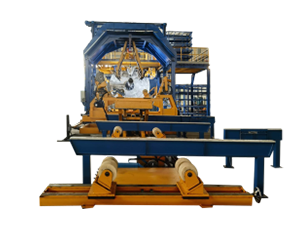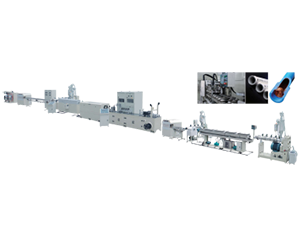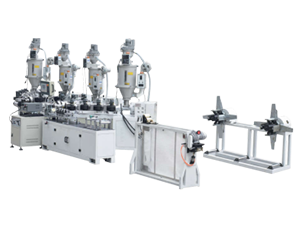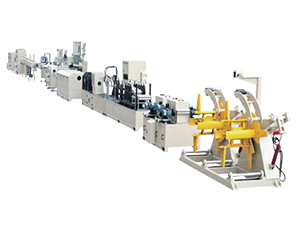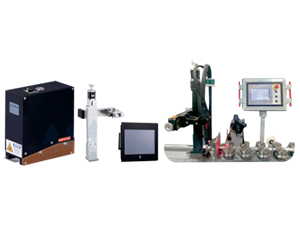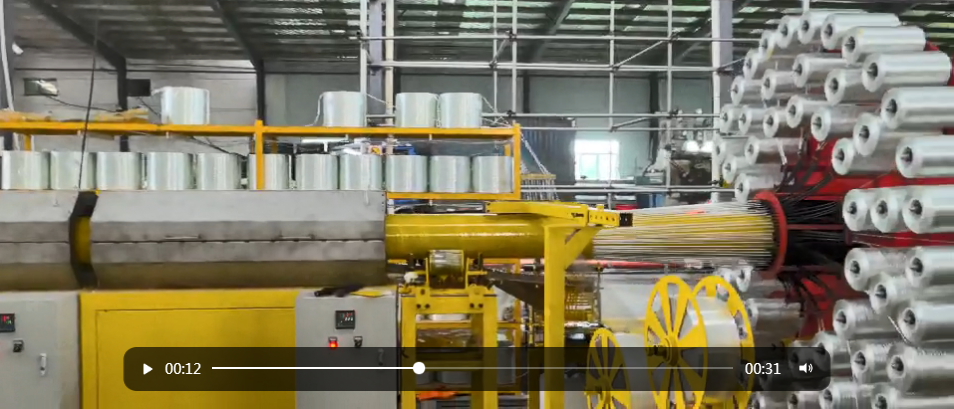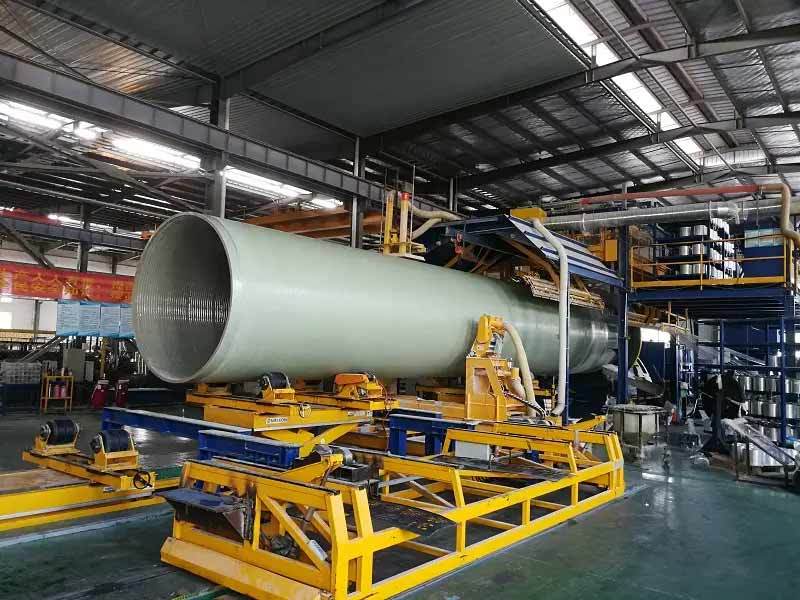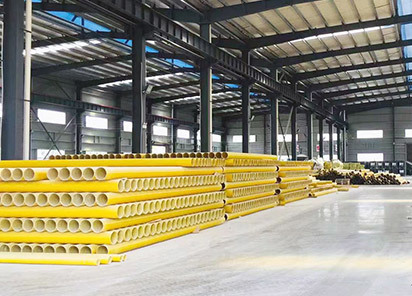The Connection Between GRP Pipe Machines and Lean Manufacturing Principles
Jun 26,2025
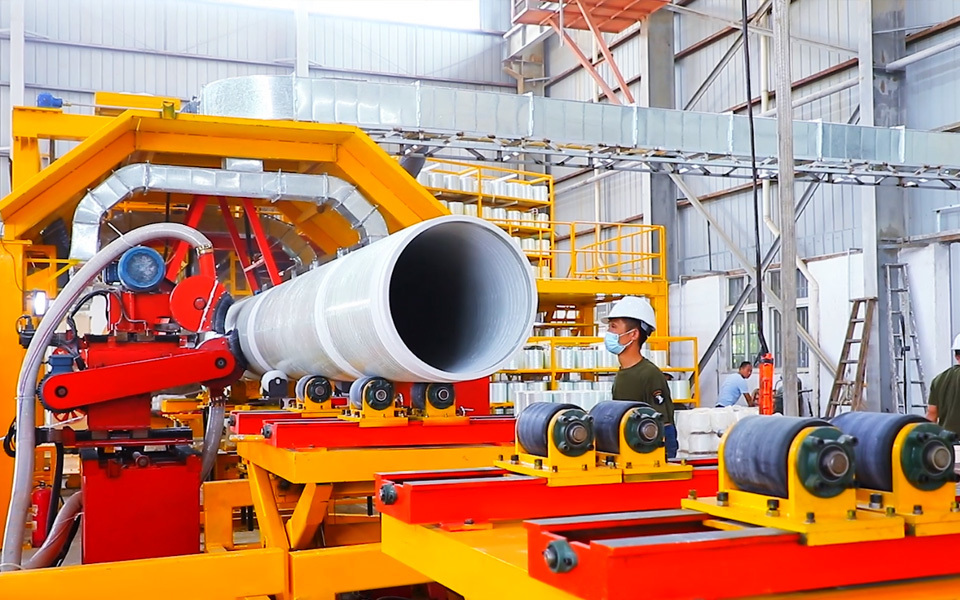
The Connection Between GRP Pipe Machines and Lean Manufacturing Principles
Table of Contents
- 1. Introduction
- 2. Understanding GRP Pipe Machines
- 3. Lean Manufacturing Principles Explained
- 4. The Synergy Between GRP Pipe Machines and Lean Principles
- 5. Benefits of Integrating GRP Machines in Lean Systems
- 6. Case Studies: Successful Implementation
- 7. Challenges and Solutions in Implementation
- 8. The Future of GRP Machines in Manufacturing
- 9. Conclusion
- 10. FAQs
1. Introduction
The manufacturing industry is constantly evolving, driven by the need for increased efficiency, reduced waste, and improved product quality. **Glass Reinforced Plastic (GRP) pipe machines** represent a significant advancement in manufacturing technology, particularly in the production of durable and lightweight piping systems. When integrated with **lean manufacturing principles**, these machines can transform the production process, leading to substantial gains in efficiency and cost savings. This article delves into the connection between GRP pipe machines and lean manufacturing principles, highlighting how this synergy can revolutionize the manufacturing landscape.
2. Understanding GRP Pipe Machines
GRP pipe machines are specialized equipment designed for the production of **GRP pipes**, which are known for their strength, corrosion resistance, and longevity. These machines utilize advanced technologies to facilitate the manufacturing process, enabling the creation of high-quality pipes that meet diverse industrial needs.
The Manufacturing Process of GRP Pipes
The production of GRP pipes involves several key stages, including material preparation, molding, curing, and finishing. GRP pipe machines are designed to automate and optimize these processes, significantly reducing the time and labor required for production.
Types of GRP Pipe Machines
There are various types of GRP pipe machines available, including:
- **Filament Winding Machines**: Used to produce pipes by winding glass fibers around a mandrel.
- **Pultrusion Machines**: Employing a continuous process to create solid profiles and pipes by pulling resin-impregnated fibers through a heated die.
- **Compression Molding Machines**: Ideal for producing smaller batches of complex pipe shapes.
Each machine type offers unique advantages, depending on the specific application and production requirements.
3. Lean Manufacturing Principles Explained
**Lean manufacturing** is a systematic approach to minimizing waste without sacrificing productivity. It emphasizes the importance of continuous improvement, efficiency, and a customer-centric focus. Key principles of lean manufacturing include:
Value Stream Mapping
This process involves identifying and analyzing the flow of materials and information through the production system. By mapping out the value stream, manufacturers can pinpoint areas of waste and inefficiency.
Elimination of Waste
Lean manufacturing aims to eliminate the seven types of waste: overproduction, waiting, transport, extra processing, inventory, motion, and defects. By addressing these areas, organizations can streamline their operations.
Continuous Improvement (Kaizen)
This principle promotes a culture of ongoing improvement, encouraging employees to identify opportunities for enhancing processes and reducing waste continuously.
4. The Synergy Between GRP Pipe Machines and Lean Principles
Integrating GRP pipe machines with lean manufacturing principles creates a powerful synergy that can transform production processes. This combination enhances operational efficiency and improves product quality.
Automation and Efficiency
GRP pipe machines are designed to automate various production tasks, from material handling to molding. This automation aligns well with lean principles, significantly reducing manual labor and the potential for human error.
Real-Time Data and Process Optimization
Many modern GRP machines are equipped with sensors and monitoring systems that provide real-time data on production performance. This data can be analyzed to identify inefficiencies, enabling manufacturers to optimize their processes continuously.
5. Benefits of Integrating GRP Machines in Lean Systems
The integration of GRP pipe machines within a lean manufacturing framework offers numerous benefits, including:
Improved Production Rate
With the automation capabilities of GRP machines, manufacturers can significantly increase their production rates while maintaining high-quality standards.
Reduction in Material Waste
Lean manufacturing principles emphasize waste reduction. By utilizing GRP machines, companies can minimize material waste through precise manufacturing techniques and improved quality control.
Cost Savings
The combination of increased efficiency and reduced waste leads to significant cost savings. Manufacturers can lower production costs while also delivering higher-quality products to their customers.
Enhanced Product Quality
The advanced technology utilized in GRP pipe machines ensures consistent production quality. This aligns with the lean principle of customer satisfaction, as higher-quality products lead to better customer experiences.
6. Case Studies: Successful Implementation
Examining real-world applications of GRP pipe machines within lean manufacturing environments can provide valuable insights.
Case Study 1: Company X
Company X, a leading manufacturer of industrial piping systems, implemented GRP pipe machines alongside lean principles. They experienced a **35% increase in production efficiency** and a **25% decrease in material waste** within the first year.
Case Study 2: Company Y
By integrating GRP machines, Company Y streamlined its production processes, resulting in a **40% reduction in lead times** and improved customer satisfaction scores.
7. Challenges and Solutions in Implementation
While the integration of GRP pipe machines and lean manufacturing principles presents numerous advantages, challenges may arise during implementation.
Resistance to Change
One common challenge is employee resistance to new technologies and processes. To combat this, organizations should invest in comprehensive training programs to help employees understand the benefits of the new systems.
Initial Investment Costs
The upfront costs of acquiring GRP machines can be significant. However, companies should consider the long-term savings and efficiency gains that these machines provide as a justification for the investment.
Maintaining Lean Culture
Sustaining a lean culture requires ongoing commitment and support from all levels of the organization. Leadership should consistently promote lean principles and encourage employee involvement in continuous improvement initiatives.
8. The Future of GRP Machines in Manufacturing
As technology continues to advance, the future of GRP pipe machines appears promising. Innovations such as **smart manufacturing**, **IoT integration**, and **AI-driven analytics** will further enhance the capabilities of these machines, allowing for even greater efficiencies and waste reduction.
Smart Manufacturing and IoT
The integration of IoT technology into GRP machines will enable manufacturers to gather vast amounts of data on production processes. This data can be leveraged to optimize operations and improve decision-making.
AI-Driven Analytics
Artificial intelligence will play a crucial role in predictive maintenance, quality control, and process optimization, ensuring that GRP machines operate at peak efficiency.
9. Conclusion
The connection between GRP pipe machines and lean manufacturing principles is a powerful alliance that can revolutionize production processes. By embracing this synergy, manufacturers can experience significant improvements in efficiency, cost savings, and product quality. As the industry continues to evolve, the integration of advanced technology and lean methodologies will remain essential for organizations seeking a competitive edge in the market.
10. FAQs
1. What are GRP pipe machines used for?
GRP pipe machines are used for producing glass reinforced plastic pipes, known for their strength and durability, commonly utilized in various industrial applications.
2. How do lean manufacturing principles improve efficiency?
Lean manufacturing principles focus on eliminating waste and optimizing processes, leading to increased productivity and reduced operational costs.
3. Can GRP pipe machines contribute to sustainability?
Yes, by minimizing material waste and improving production efficiency, GRP pipe machines contribute to more sustainable manufacturing practices.
4. What challenges might arise during the implementation of GRP machines?
Challenges may include resistance to change from employees, high initial investment costs, and maintaining a lean culture within the organization.
5. What is the future of GRP machines in manufacturing?
The future of GRP machines will likely involve advancements in smart manufacturing, IoT integration, and AI-driven analytics, further enhancing their efficiency and capabilities.
Contact Us
E-mail:
Phone/Wechat/WhatsApp
Address:
A2-1408, Kaichuang Avenue to Tai Plaza, Huangpu District, Guangzhou City, Guangdong Province


